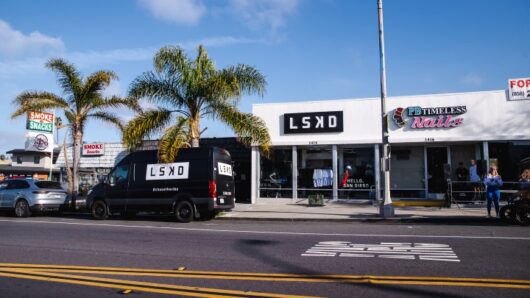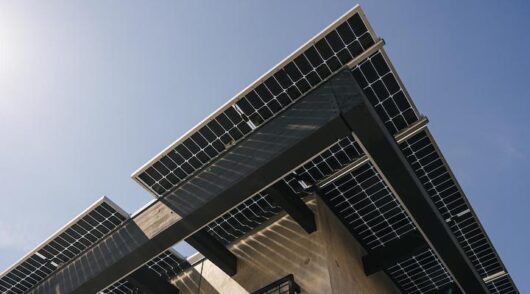
Sustainability is a top issue in retail – in fact in all businesses. Consumers care about it, and they are willing to make or change their purchasing decisions based on a company’s green credentials. In a post-COVID environment where customer loyalty is more valuable than ever, the companies who can establish, substantiate and maintain their sustainability credential will have a customer relations edge.
On the business side, institutional investors with the clout to re-shape markets or up-end AGMs will also want to know in forensic detail what the companies they are investing in are doing to eliminate waste and make their operations and supply chains sustainable.
The bind that operators find themselves in is carving a meaningful and market-leading sustainability pathway that aligns with the financial imperatives of a recessionary environment where consumers are increasingly discerning and picky. There is no point being the most sustainable business in your vertical if you go broke – as a business strategy that’s neither sound nor sustainable.
There are some areas where sustainability can deliver cost savings. Installing closed refrigerators can deliver savings as well as reducing the emissions generated by a retailer’s business, as long as they can be cleaned frequently enough to curb virus transmission. Instituting measures to curb the use of water in a business can also save cash. When a sustainability initiative can both create a long-term cost saving and generate positive sentiment among consumers and investors, it should be strongly considered.
Some sustainability efforts that were previously revenue-negative can now be implemented at scale without incurring a significant long-term cost. Recycled plastics can be almost cost-neutral at scale, and they’re only marginally more expensive than virgin plastic at smaller scales. In this case there is no cost associated with advertising the sustainability initiative that you have implemented – the basket or trolley itself can carry the message. This has proven particularly successful for retailers who have embraced it in some overseas markets.
Public and corporate perceptions of sustainability have moved over the last two decades from single-issue concerns – waste, water usage, litter, packaging – to an all-encompassing concern that affects every part of the business and its supply chain.
Retailers need to match that shift by taking a whole-of-business approach to their sustainability strategy. This means looking at store fit-outs and logistics, power and water consumption, packaging both on the shelf and within the supply-chain. Even the products that you use to clean the floors should come under the microscope.
Once your strategy has been determined, it must also be communicated to both the public and to corporate stakeholders. Too many retailers enact wonderful policies that sit out of public view on a never-visited webpage gathering whatever the digital equivalent of dust is.
Other retailers go to the opposite extreme. They expect their marketing and public relations departments to conjure consumer goodwill around sustainability without ever examining their business and supply chain and seeing what needs to change. This is called “greenwashing” and consumers have become highly attuned to it.
Retailers should look through their supply chains for sustainability gains. The marketing manager of a major retail chain once put this to me in the most succinct terms – “What are you doing that we can shout about?” This is a question that it is well-worth putting to your suppliers and business partners.
Everything from innovations in no-till farming from fresh fruit producers to the adoption of solar panel and battery systems by manufacturers should be part of a retailer’s sustainability plan so that consumers and investors know your business is serious about sustainability and is working to make not just your stores but your products sustainable.
There are some parts of the puzzle that aren’t in place yet. We have yet to settle on a solution to reconcile consumer desires for less packaging with their desire for a seamless checkout process and the necessity for barcodes – and therefore plastic. But the extent to which consumers are concerned about and respond to sustainability efforts means that the industry will exert serious research and innovation muscle in this area.
Retailers need to respond to these concerns in every way that is available to them – from baskets and trolleys to water and waste. They need to engage with their customers, investors, stakeholders and suppliers, honestly, directly and enthusiastically about what they are doing. For every ESG note published by an institutional investor, there are 10 meetings of fund managers discussing where to invest their capital. For every customer writing letters or emails about sustainability, hundreds are crossing the street to change their purchasing patterns. How you implement and communicate your sustainability efforts will decide whether they are crossing the street to shop at your outlet, or at a competitor.
Craig Padoa is the managing director of Wanzl Australia.





